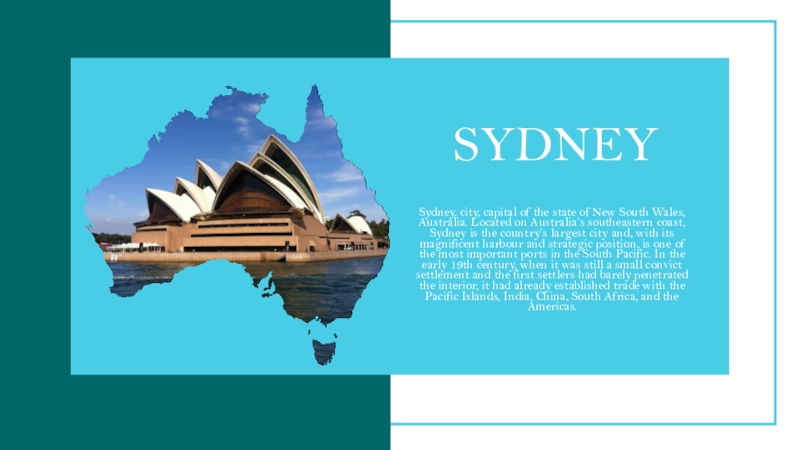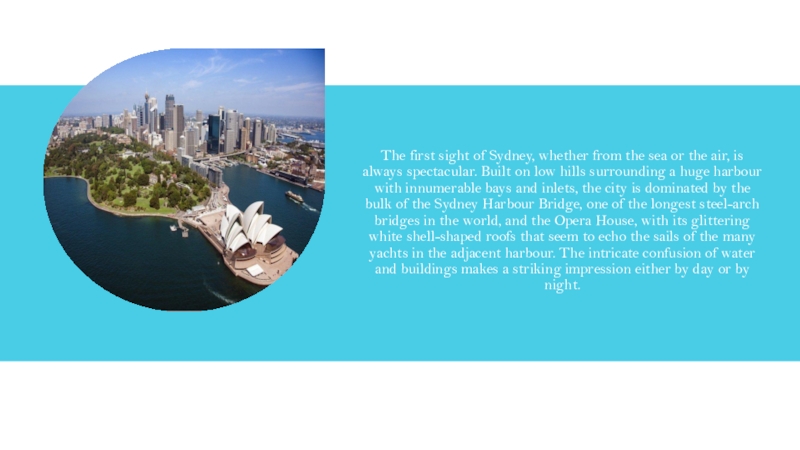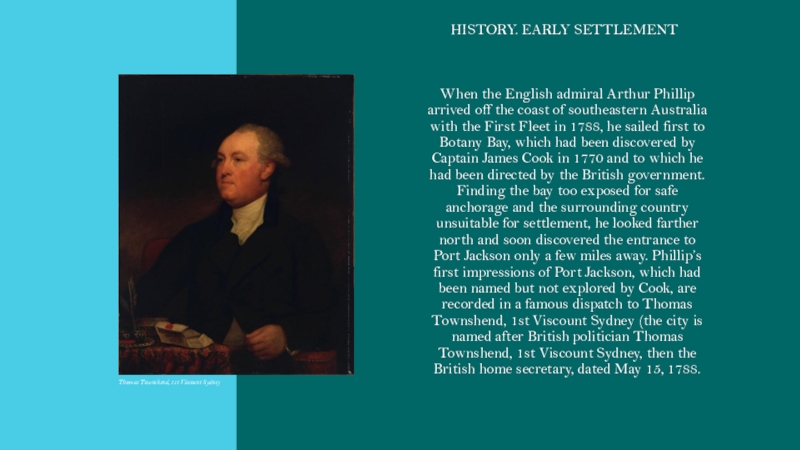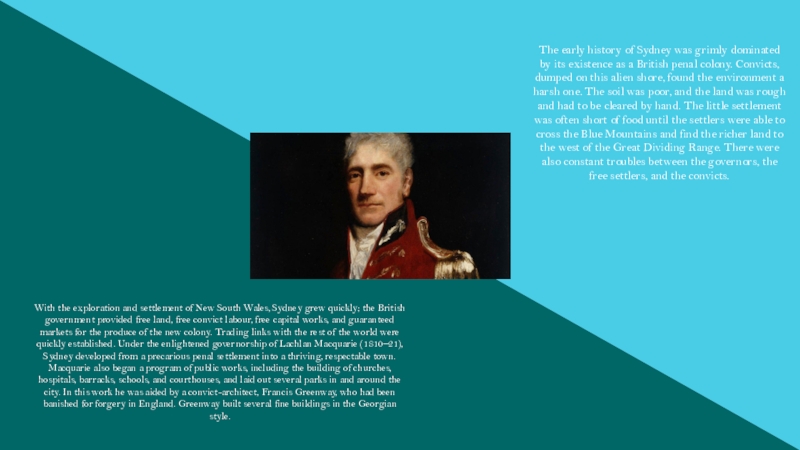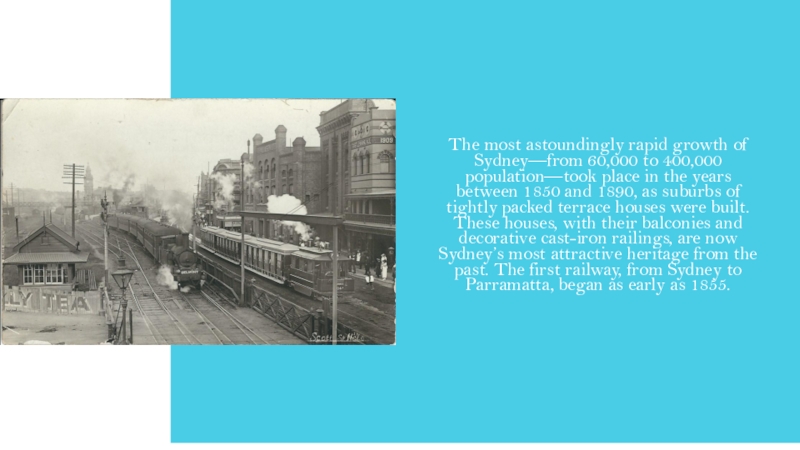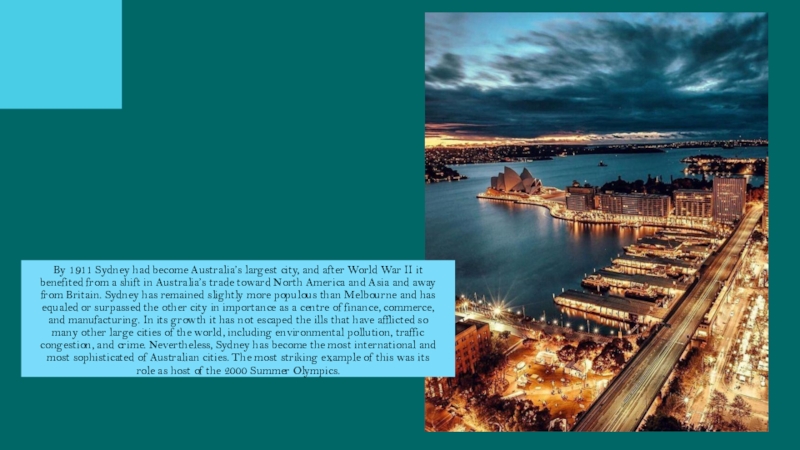existence as a British penal colony. Convicts, dumped on this
alien shore, found the environment a harsh one. The soil was poor, and the land was rough and had to be cleared by hand. The little settlement was often short of food until the settlers were able to cross the Blue Mountains and find the richer land to the west of the Great Dividing Range. There were also constant troubles between the governors, the free settlers, and the convicts.
With the exploration and settlement of New South Wales, Sydney grew quickly; the British government provided free land, free convict labour, free capital works, and guaranteed markets for the produce of the new colony. Trading links with the rest of the world were quickly established. Under the enlightened governorship of Lachlan Macquarie (1810–21), Sydney developed from a precarious penal settlement into a thriving, respectable town. Macquarie also began a program of public works, including the building of churches, hospitals, barracks, schools, and courthouses, and laid out several parks in and around the city. In this work he was aided by a convict-architect, Francis Greenway, who had been banished for forgery in England. Greenway built several fine buildings in the Georgian style.
